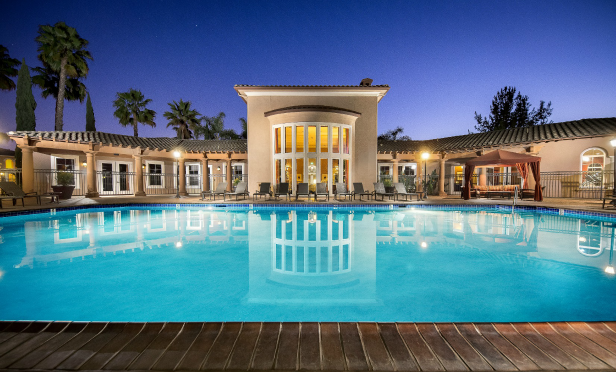© Touchpoint Markets, All Rights Reserved. Request academic re-use from www.copyright.com. All other uses, submit a request to [email protected]. For more inforrmation visit Asset & Logo Licensing.
Investors Struggle to Find Institutional Apartments
San Diego only sees five or six institutional-quality apartment properties each year, and each one comes with double-digit offers.
Trending Stories
Events
- Real EstateGlobeSt. ELITE Women of Influence (WOI) 2025July 21, 2025 - DenverGlobeSt. Women of Influence Conference celebrates the women who drive the commercial real estate industry forward.More Information
- Real EstateGlobeSt. Multifamily Fall 2025October 15, 2025 - Los AngelesJoin the industry's top owners, investors, developers, brokers & financiers at THE MULTIFAMILY EVENT OF THE YEAR!More Information
Recommended Stories
MCA Acquires Industrial Building in Outperforming Market Sector
By Richard Berger | June 10, 2025
The rebranded property in Carlsbad is 95 percent leased.
Housing Needs Shift in Key Markets, Creating Opportunities for Future-Focused Multifamily Developers and Investors
By Lynn Giles (Sponsored by Quantum Fiber) | June 09, 2025
Despite differing housing trends, both Phoenix and Seattle-Tacoma investors should know how partnering with the right fiber internet provider can help them capitalize on current opportunities while also planning for the future.
San Diego Medical Office Rents Hit All-Time High as Tariffs Limit Construction
By Richard Berger | June 04, 2025
The market has a severely supply-constrained environment, according to JLL.
Resource Center

Report
Sponsored by TheGuarantors
2025 State of Renter Delinquency and Default
Renter default is a critical challenge. This report, based on a survey of 400+ multifamily professionals, reveals key trends, economic drivers, and mitigation gaps to help you build resilience in 2025. You'll gain insights into the root causes of renter default, the operational strains it can put on your portfolio, and strategies you can leverage to protect your investments and maintain stability.

Assessment
Sponsored by Building Engines
CRE Property Management Assessment: Your Building Operations Scorecard
How do your building operations measure up? Use this detailed scorecard to evaluate your operational approach across five key areas.

White Paper
Sponsored by TheGuarantors
5 Strategic Moves to Protect Your Multifamily NOI in 2025's Squeeze
Skyrocketing economic uncertainty means it’s essential for multifamily owners and operators to strengthen risk mitigation capabilities. Discover expert insights from industry experts, including the President of NMHC, to tackle 2025 challenges such as slower lease-ups, cost pressures, renter fraud, high reliance on concessions, and more.




